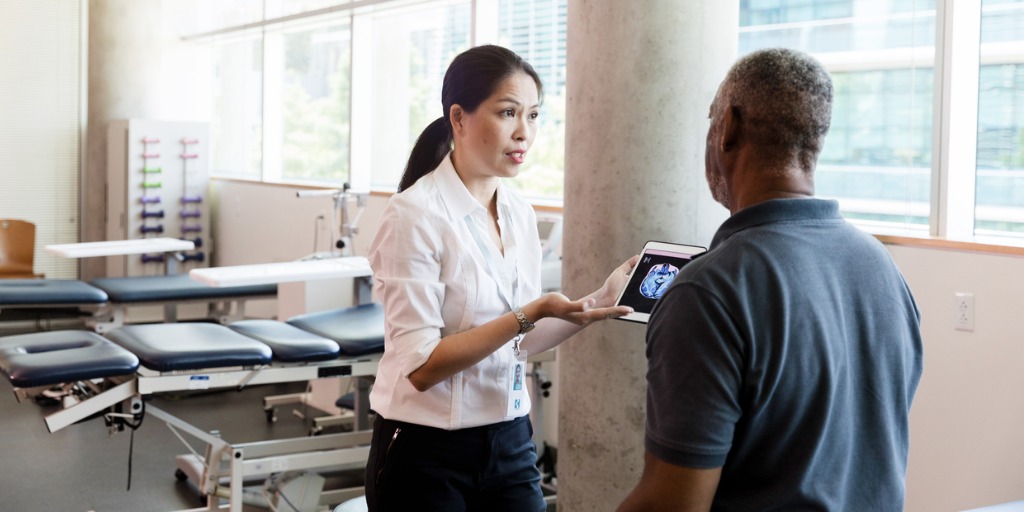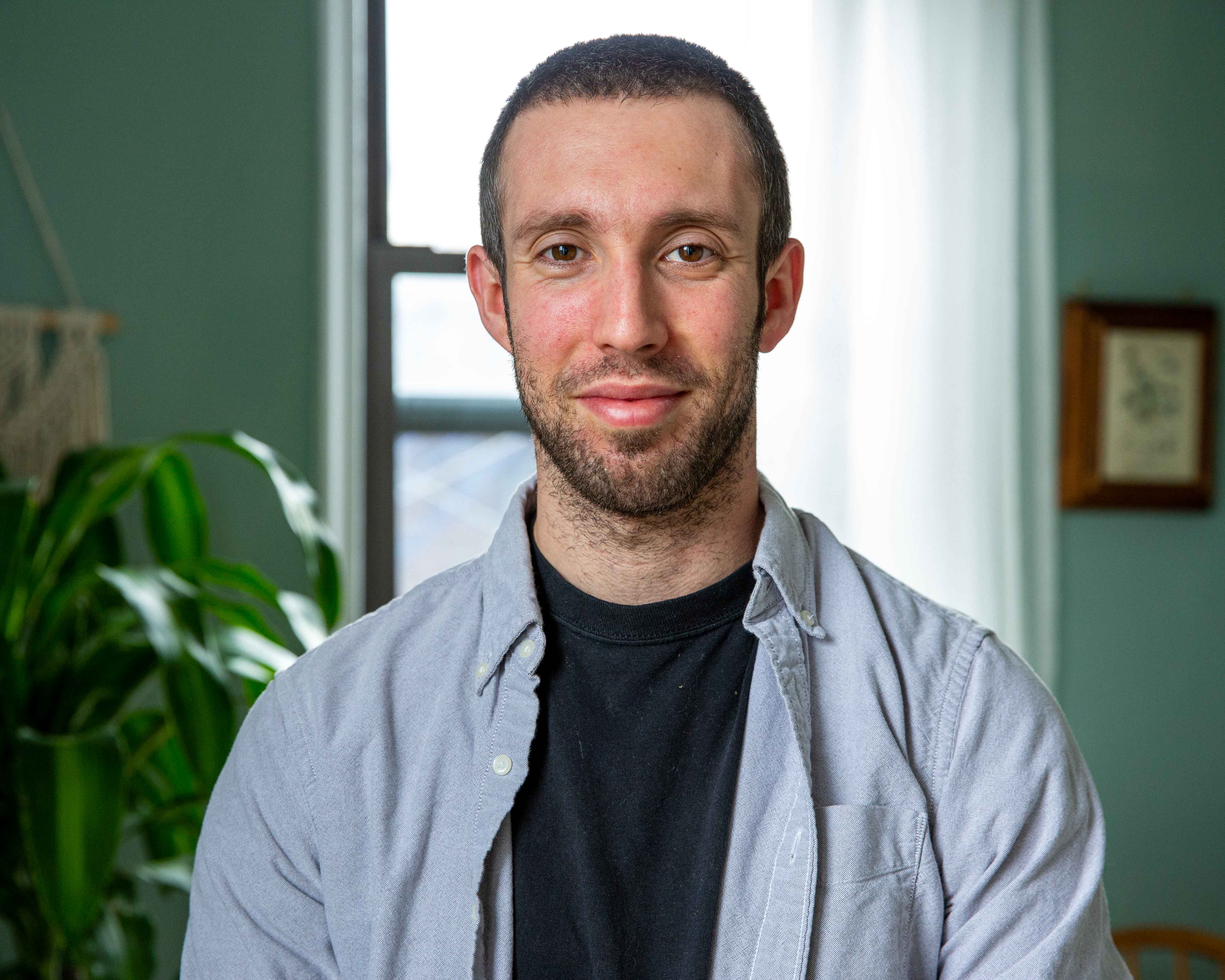What does life after a stroke look like?

A stroke is an event that affects the arteries of the brain. When a blood vessel that brings blood to the brain gets blocked or bursts, a stroke occurs. The area of the brain impacted by a stroke can’t get the nutrients and oxygen it needs, causing nerve cells to lose their functionality.
Millions of Americans have suffered from a stroke and are living with its short- and long-term effects. Since the brain controls most aspects of the way humans live everyday life, such as the ability to move, feel, and think, several functions may become impaired.
Recovery from stroke is a long and challenging process, for patients and their loved ones. The after effects can vary widely, depending on the area of the brain affected, the severity and type of stroke and brain injury, the speed of emergency medical response, and an individual’s general health.
What does life look like after a stroke? All patients experience the after-effects of a stroke differently. The experience may include one or more of the common physical, cognitive, communication, mental, and emotional changes that we share below.
What does life look like after a stroke?
After suffering from a stroke, individuals may experience these common physical, cognitive, communication, mental, and emotional changes:
Weakness on one side of the body: If the stroke occurs on the right side of the brain, the left side of the body and face will be affected. If the stroke occurs on the left side of the brain, the right side of the body and face will be affected. This is also referred to as “paralysis.”
Spasticity: This is a common result of having a stroke. When stroke patients try to move a limb, muscles contract, creating stiffness and tightness. If not treated, muscles can freeze into an abnormal and often painful position, causing interference with activities of daily life. Typically, physical therapy and medications help.
Emotional and mental changes: After a stroke, people often experience emotional and behavioral changes. Post-stroke depression, anxiety, and pseudobulbar affect, also known as emotional lability, reflex crying, and involuntary emotional expression disorder. Physical and psychological symptoms to look out for include sudden mood changes, loss of energy, fatigue, headaches, suicidal ideation, and digestive problems.
Communication and cognitive changes: Language is directly connected to the brain. When individuals have a stroke, speaking, listening, and understanding, which all involve separate parts of the brain, can become impacted. Aphasia, for example, affects your abilities to understand spoken and written words and sentences, recall words, and formulate sentences. Dysarthria, a speech impairment, affects control of the muscles in the face, tongue, and mouth. Apraxia of speech is when patients have trouble connecting speech messages from the brain to your jaw, lips, tongue, and vocal cords. This may include difficulty producing speech even when there is no paralysis or weakness of speech muscles.
Memory loss: Many stroke victims incur memory problems, poor attention span, or difficulty solving problems. Not all memory problems are the same, though. Some may remember things for only a short span of time, while others may have trouble absorbing new information, transferring learning from one setting to another, or remembering details of an event.
Patients may need focused treatment to address these conditions, depending on the severity of symptoms. Consult with a specialist if you have any questions or concerns.
Individuals who have a history of a stroke may be eligible to participate in clinical trials that evaluate investigational treatment options for a variety of brain and heart-related conditions. Click below to see if you’re eligible for a study.
Topics: For Patients

